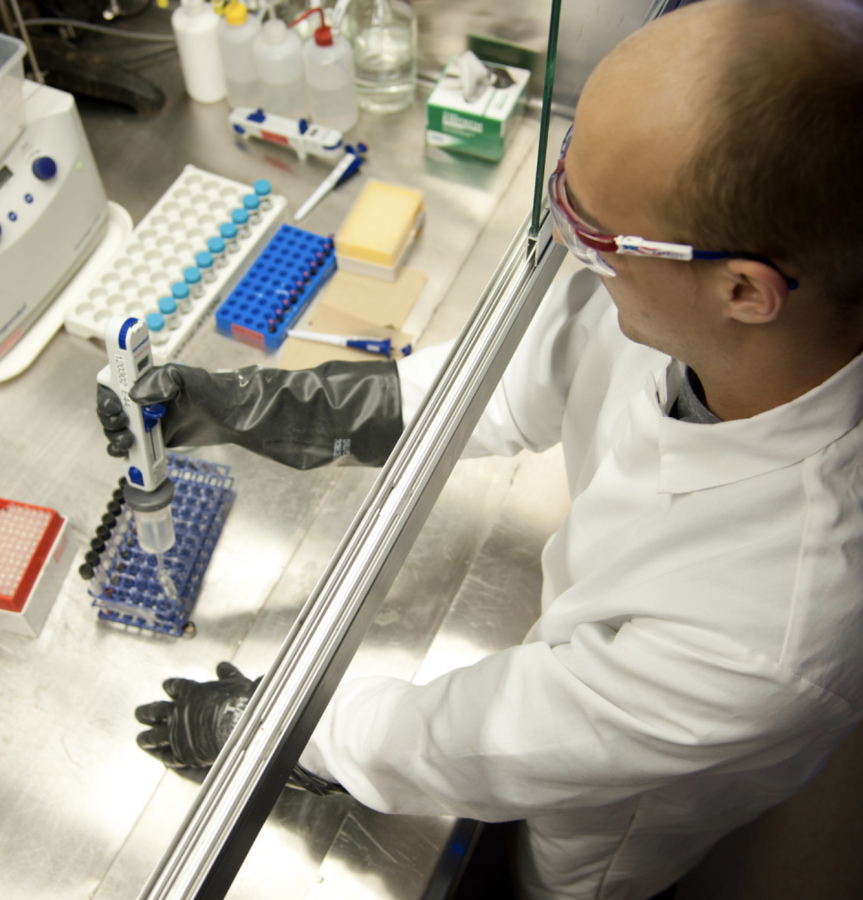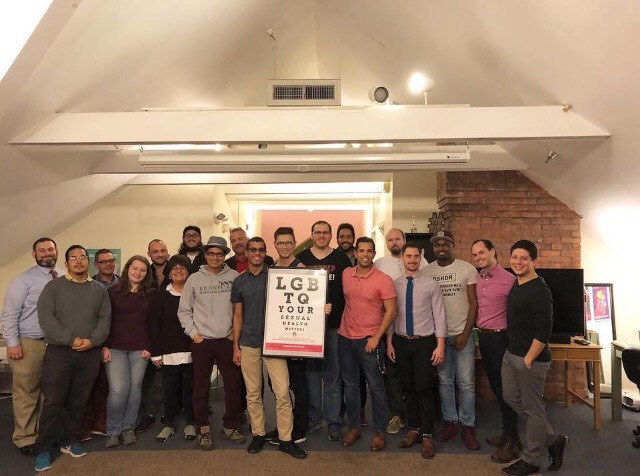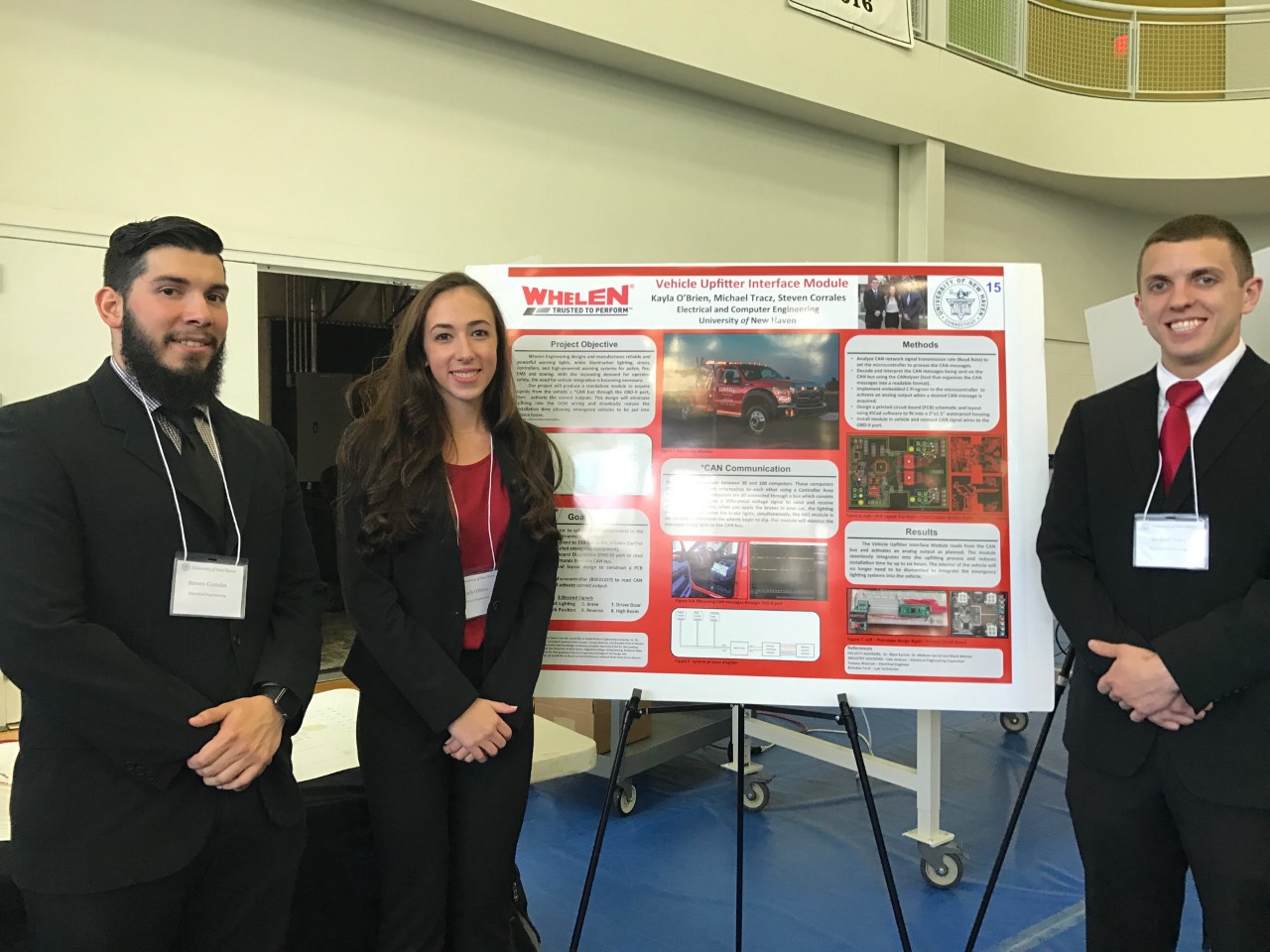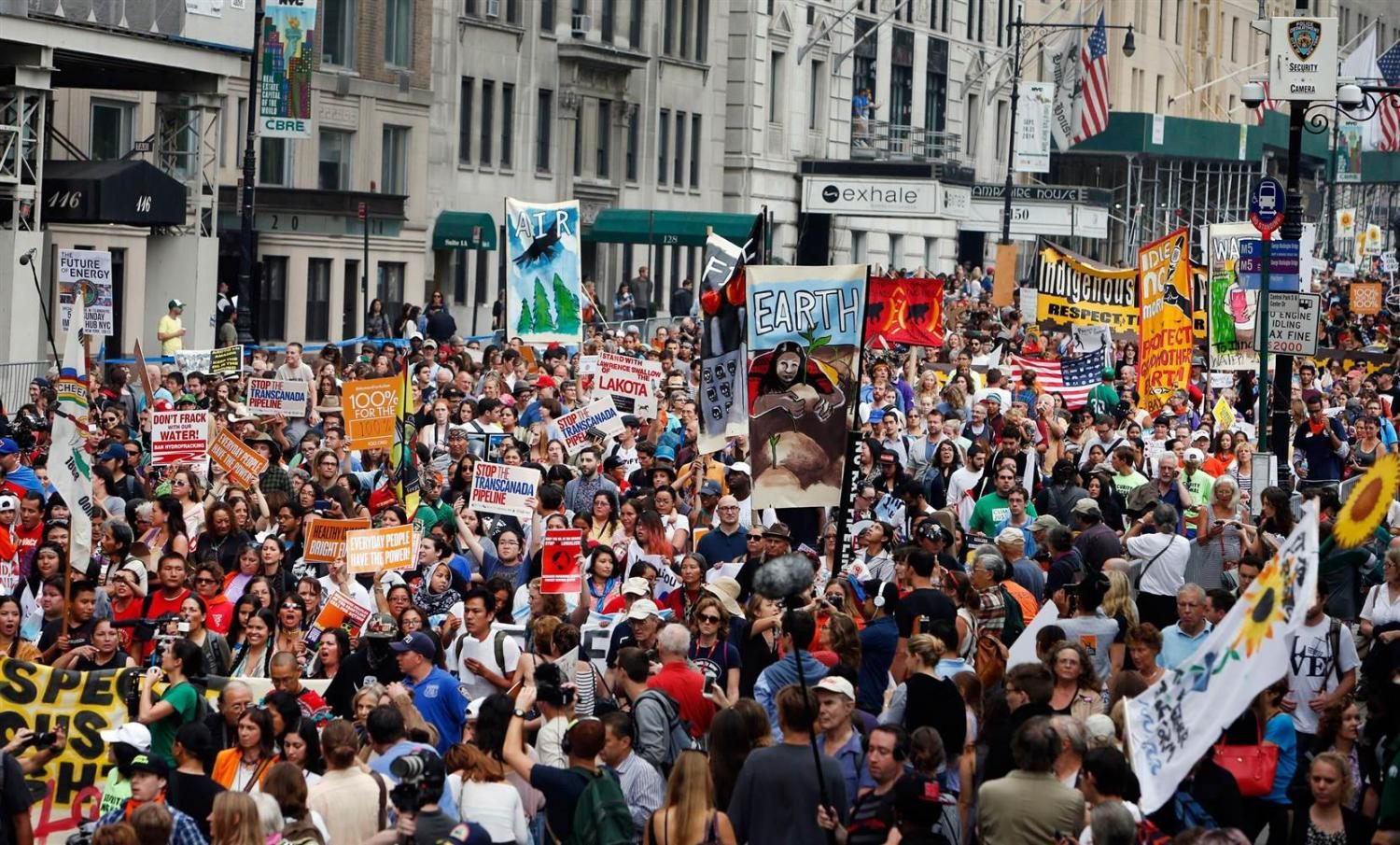Growing meat has been a long decade of hard work and effort for scientist Vladimir Mironov, at the medical University of South Carolina. For a long time now, he has been working ever so patiently in a small laboratory, upstairs of the basic science building.
Under the pressure to help solve “future global food crisis resulting from shrinking amounts of land available for growing meat the old-fashioned way,” (A development biologist and tissue engineer, DR. Mironov) this scientist is determined to invent modified food that will be healthy for humans and at the same time, have a great taste to them.
Stating that, “I believe that we can do it without genes. But there is no evidence that if you add genes, the quality of food will somehow suffer. Genetically modified food is already normal practice and nobody dies.” Mironov will make a difference in the necessity of food and agriculture in today’s society.
With the search of funding and demand, making modified food is a must-have for the United States, the scientist believes. “The new National Institute of Food and Agriculture, part of the U.S. Food and Drug Administration, won’t fund it; the National Institute of Health won’t fund it, and the National Aeronautics and Space Administration funded it only briefly,” Vladimir shares with the townspeople of Charleston in an open interview.
A visiting scholar in cancer cell biology knows that people find it disturbing and/or disgusting to have meat grown in a lab because “they don’t like to associate technology with food,” Nicholas Genovese explains. While showing the press the matter of the fact is that meat shouldn’t be grown in laboratories, Genovese also debates that “there are a lot of products that we eat today that are considered natural that are produced in a similar manner.” For instance, “there’s yogurt which is cultured yeast. You have wine production and beer production. These were not produced in laboratories. Society has accepted these products.”
As told to reporters, this scholar also visualizes “football field-sized buildings filled with large bioreactors or bioreactors the size of a coffee machine in grocery stores, to manufacture what he calls “charlem” — “Charleston engineered meat.” With that said, Mironov agrees with Genoves’s idea; he believes it will be purposeful.
The scientist supposes they can do it without using genes, in a practical way. By doing this, Vladimir takes embryonic cells to process into muscle tissue (from turkey), immersed into a nutrient bath of bovine, in order to cultivate animal skeletal muscle tissue. An addition to this, adding fat will make interior cells collect oxygen, making it easier to create, and also making it less costly.
With this in mind, Mironov adds, “Thirty percent of the earth’s land surface area is associated with producing animal protein on farms; animals require between three to eight pounds of nutrient to make one pound of meat. It’s fairly inefficient. Animals consume food and produce waste. Cultured meat doesn’t have a digestive system.” He believes people will need to produce food in an open area. And, from then on, the scientist concludes by saying in the interview that they have to look over all of these ideas, and after, decide to either move their progress on, or stay motionless.








